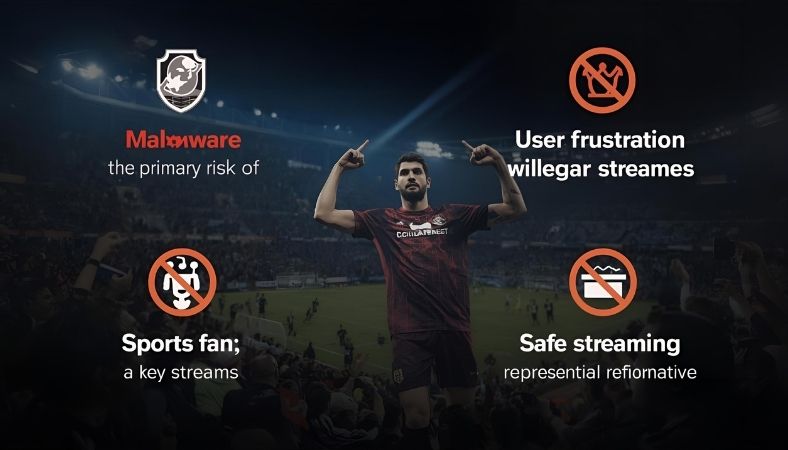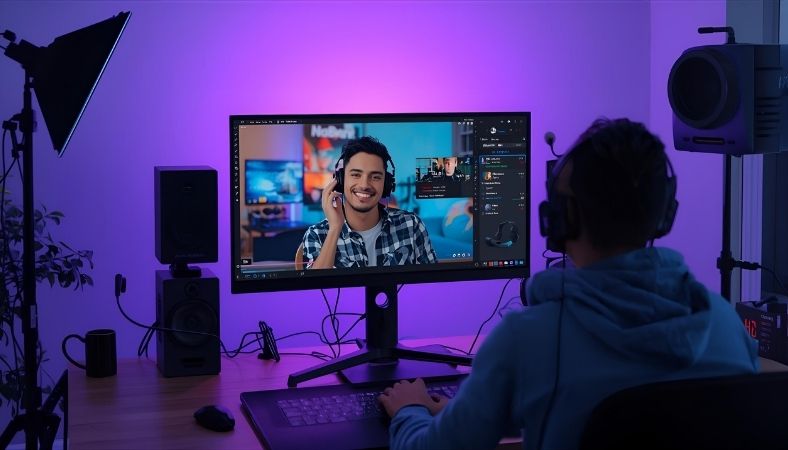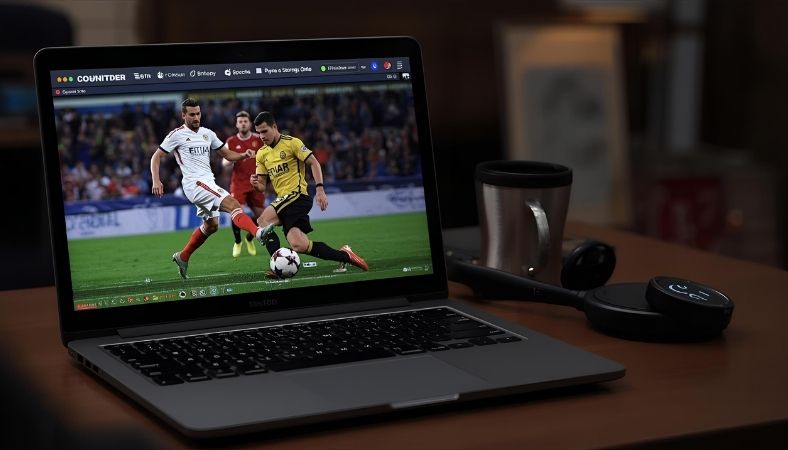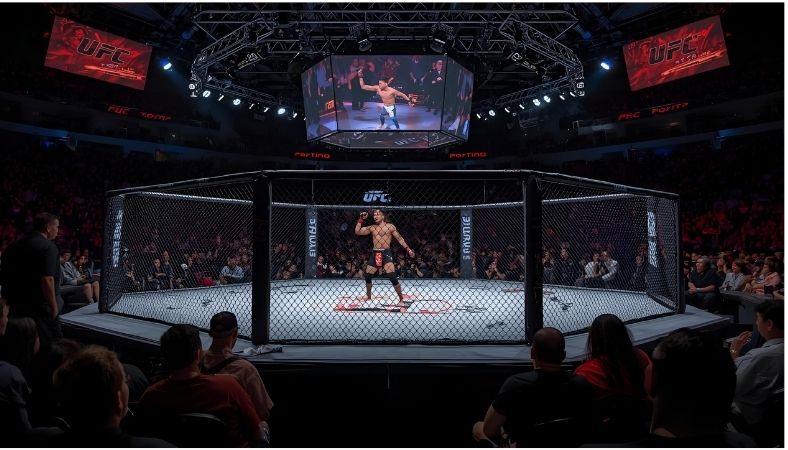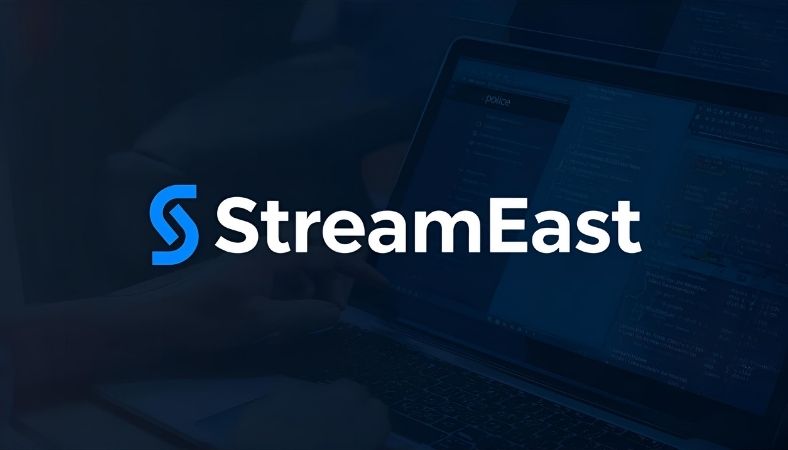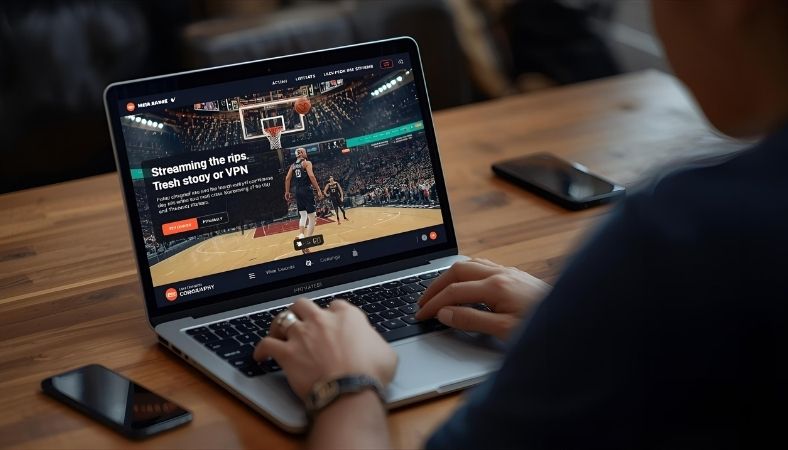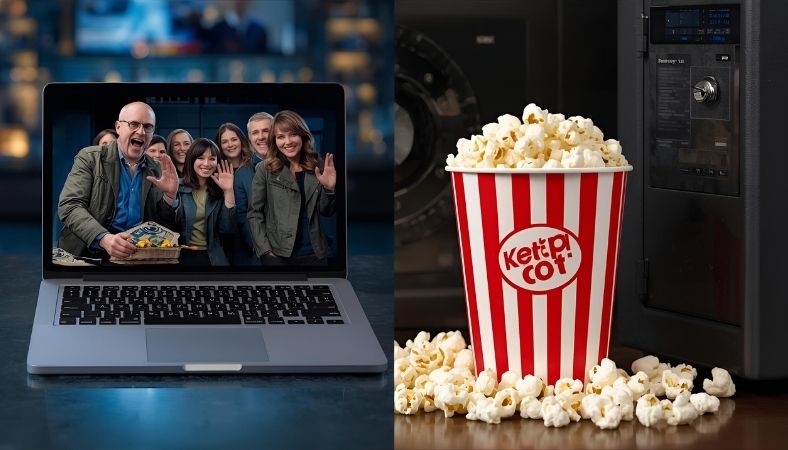
Discover live streaming in 2025: top platforms, setup tips, and trends like AI and eCommerce. Learn how to stream like a pro with our friendly guide!
Picture yourself wanting to share a moment with the world, maybe a gaming session, a cooking demo, or a Q&A with friends. Live streaming makes it happen instantly, connecting you with people across the globe. In 2025, it’s bigger than ever, from Twitch’s gaming marathons to TikTok’s quick shopping streams. Here’s what you need to know to jump in, with practical tips to make your streams shine.
Key Takeaways
- Live streaming is a $99.82 billion industry, set to hit $345 billion by 2030.
- YouTube leads with 52% user preference, followed by Twitch and TikTok.
- AI tools enhance streams, tackling lag that frustrates 57% of viewers.
- Mobile streaming, making up 27% of views, is perfect for quick setups.
- Small creators can earn through donations, subscriptions, or virtual gifts.
What Is Live Streaming?
Live streaming is like broadcasting your own TV show online, but in real time. You record video or audio, and it reaches viewers instantly via the internet. Unlike pre-recorded videos, live streams let you chat with your audience as it happens, making it feel personal. Did you know 41% of internet users have watched a live stream, and it gets 27% more watch time than regular videos? Whether it’s a concert, a tutorial, or a sports event, live streaming brings people together right now.
Think of a friend sharing their travel adventure on TikTok Live while you comment from your couch. That’s the magic of live streaming, it’s immediate and interactive, unlike waiting for a YouTube upload. It’s no wonder 30% of people tune in weekly.
How Live Streaming Works
Ever wondered how a streamer’s video gets to your screen so fast? It’s a neat process. First, a camera or phone captures the video. Then, software like OBS encodes it into a format the internet can handle, shrinking it without losing quality. This data zips through a Content Delivery Network (CDN), a system of servers that pick up, imagine it like digital post offices spread worldwide. The CDN delivers it to your device, where it’s decoded for playback. All this happens in seconds.
For example, when a Twitch streamer goes live, their video travels through a CDN like Cloudflare’s to reach viewers globally with minimal delay. Tools like RTMP (Real-Time Messaging Protocol) keep things smooth, adjusting quality if your internet slows. It’s techy but simple: capture, encode, send, watch.
Best Platforms for 2025
Choosing a platform is like picking a stage for your show. Here are the top players for 2025, each with unique vibes:
- YouTube Live: Free, easy to use, and integrated with Google accounts. Great for beginners, with 52% of streamers choosing it. Downside? Monetisation takes time to unlock.
- Twitch: King of gaming, with 31 million daily users and 71 million hours watched daily. It’s interactive but has strict rules that can trip up newbies.
- TikTok Live: Perfect for short, engaging streams, especially e-commerce. Holds 27% market share. Limited to mobile, though.
- StreamYard: A low-competition gem for multi-platform streaming. Easy to use, but premium features cost extra.
For a small creator, YouTube’s accessibility wins; gamers love Twitch’s community; TikTok suits quick, trendy content. Try StreamYard if you want to broadcast across multiple platforms at once.
Live Streaming Trends 2025
Live streaming is evolving fast. Short-form content, like TikTok’s 10-minute bursts, is huge, with 67% of viewers engaging via polls or chats. eCommerce is booming—think Taobao’s shopping streams in Asia, where viewers buy products live. AI is shaking things up, too, with tools like auto-captions and real-time video enhancements. But there’s a catch: AI also raises ethical concerns, like deepfakes in streams, which platforms are tackling with detection tech.
Virtual events are another trend. Post-pandemic, companies stream conferences, and schools host virtual classes. For instance, a 2024 virtual summit by a tech firm reached 10,000 viewers globally, showing the power of live streaming for events.
How to Start Live Streaming
Ready to go live? It’s easier than you think. Here’s a quick guide:
- Pick a Platform: Choose based on your audience, YouTube for a broad reach, Twitch for gamers.
- Get Gear: A decent camera (webcam or phone) and a mic (like Blue Yeti) are enough. Free software like OBS works great.
- Test Your Setup: Check internet speed (10 Mbps upload minimum) and lighting. Run a private stream first.
- Promote: Share your stream time on social media. Engage viewers with a clear start time.
- Go Live: Hit the button and interact with your audience to keep them hooked.
Anecdote: A friend started streaming cooking on TikTok Live with just her phone. She chatted with viewers about recipes, and her first stream hit 200 viewers. Consistency and engagement made her a local star in months.
Monetization Strategies
Want to make money? Live streaming offers options beyond ads. Small creators can earn through:
- Donations: Platforms like Twitch use “bits” or PayPal links; fans tip for shoutouts.
- Subscriptions: YouTube and Twitch offer paid tiers for exclusive content.
- Virtual Gifts: TikTok’s gift system lets viewers send digital tokens, convertible to cash.
- Sponsorships: Brands pay for mentions; small streamers can pitch local businesses.
- NFTs: A new trend—sell unique digital collectables during streams.
For example, Twitch affiliates earn about 50% of subscription revenue, and live streams generate 10% more income than pre-recorded videos. A small streamer I know made $500 in a month from donations by engaging her chat actively.
Common Challenges and Fixes
Streaming isn’t all smooth sailing. Here are common hurdles and solutions:
- Lag/Buffering: 57% of sports viewers deal with this. Use a wired connection or lower your bitrate. CDNs like Akamai help.
- Privacy Risks: Doxing is real. Use secure platforms like Vimeo for private streams and avoid sharing personal details.
- Accessibility: Add live subtitles (YouTube’s auto-captions work well) for deaf viewers. Offer low-bandwidth options for rural users.
- Engagement: Struggling to keep viewers? Ask questions or run polls. Reddit users say interaction doubles watch time.
In Europe, privacy laws like GDPR require clear data policies. A streamer friend got flagged for not disclosing data collection—always check local rules.
Applications Across Industries
Live streaming isn’t just for fun it’s changing industries:
- Gaming/Esports: Twitch streams draw 71 million hours daily. Events like Games Done Quick raised $3M for charity in 2024.
- Education: Schools stream classes, reaching remote students. A university reported 20% higher attendance via live streams.
- Healthcare: Telehealth streams consultations, saving travel time. A 2025 pilot saw 500 patients served remotely.
- Sports: Fubo streams live games for 158 million U.S. cord-cutters, offering cable-free sports.
Example: A yoga instructor streams classes on YouTube, charging $5 subscriptions. Her live sessions grew her business by 30% in 2024.
Frequently Asked Questions
What is live streaming?
Live streaming delivers video or audio over the internet in real time, allowing instant interaction with viewers. Unlike pre-recorded content, it’s immediate, fostering engagement through chats and reactions, making it ideal for events, gaming, or tutorials. It’s a growing trend with 41% of internet users tuning in.
How does live streaming work?
A camera captures video, which is encoded into a digital format by software like OBS. It’s sent through a Content Delivery Network (CDN) to viewers’ devices, where it’s decoded for playback. Technologies like RTMP ensure fast, smooth delivery, even on varying internet speeds.
What are the best live streaming platforms?
YouTube Live offers free, versatile streaming; Twitch excels for gaming with 31M users; TikTok Live suits short, trendy content; StreamYard simplifies multi-platform broadcasts. Choose based on your audience—YouTube for reach, Twitch for community, or TikTok for quick engagement.
Is live streaming free?
Many platforms like YouTube and TikTok offer free streaming, but premium features, like StreamYard’s multi-platform tools or Twitch’s monetisation, may require subscriptions or fees. Basic setups need only a camera and internet, making it accessible for most beginners.
How to fix lag in live streaming?
Lag affects 57% of viewers. Use a wired internet connection, lower your bitrate (e.g., 3000 kbps), and choose a reliable CDN like Cloudflare. Test your upload speed (aim for 10 Mbps) before streaming to ensure smooth playback for your audience.
How to monetise live streams?
Earn through ads, viewer donations (e.g., Twitch bits), subscriptions, or virtual gifts on TikTok. Small creators can pitch local sponsorships or sell NFTs. Engaging your audience with polls or shoutouts can boost tips and subscriptions by 10%.
Final Takeaway
Live streaming is your ticket to connect with audiences in real time, whether you’re gaming, teaching, or selling. Pick a platform like YouTube or Twitch, grab a decent camera, and use these tips to engage viewers. Start small, test your setup, and watch your community grow!




